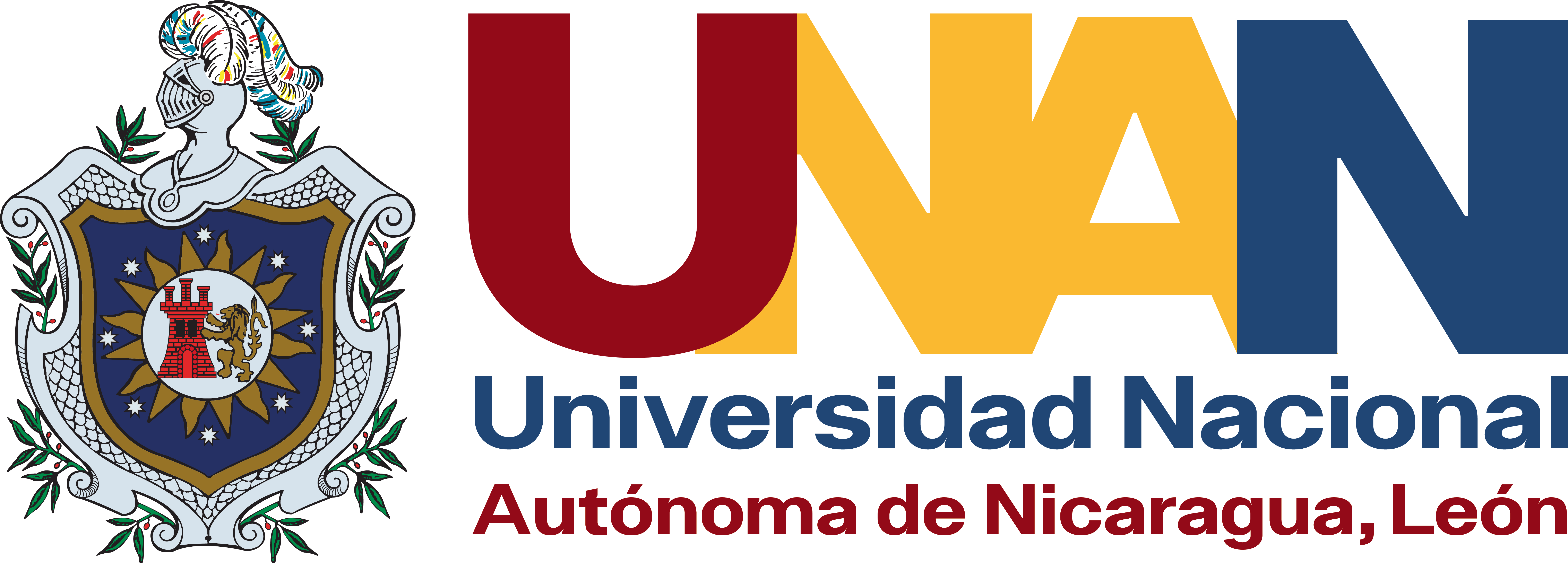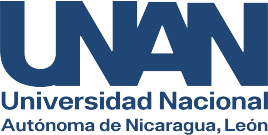Induced Abortion in Nicaragua
DOI:
https://doi.org/10.5377/universitas.v1i1.1628Keywords:
Induced abortionAbstract
In poor countries, unsafe induced abortion is a serious public health problem. In Nicaragua, we know that it has occupied between the third and fourth place among the causes of maternal mortality, but its frequency has been little studied. For this purpose, and in order to know some characteristics of the women who practice it, the subject was included in three surveys on reproductive health, carried out in 1997, 2001 and 2005, in four departments: León, Chinandega, Managua and Rivas. In total, 16,511 women between 15 and 49 years of age were interviewed, selected through cluster sampling. A rate of 1.3 annual abortions per thousand women and a ratio of 1.2 abortions per hundred live births was found. With specific survey methodologies for this topic and especially through the use of indirect estimates, higher frequency figures can be expected. The frequency was higher in the capital of the country. It predominates in adult women, married or with a partner, and in women who have already had children. Women of all educational levels aborted. It is important to note that the high number of induced abortions occurs despite the fact that the law has always prohibited them.
Downloads
References
Ministerio de Salud y UNICEf. Mortalidad materna:un estudio de las muertes ocurridas en Nicaragua en (1998). Ministerio de Salud, Managua, Nicaragua, p. 11.
Padilla K, McNaughton, H. (2003). La mortalidad materna en Nicaragua: una mirada rápida a los años 2000-2002. Ipas Centroamérica. Managua, Nicaragua.
Peña R., Zelaya E., Liljestrand J., Dahlblom K. y Person. La Salud reproductiva e infantil en León. Octubre-Diciembre 1993. departamento de Medicina Preventiva, Universidad Nacional Autónoma de Nicaragua, León, y departamento de Epidemiología y Salud Pública, Universidad de Umea, Suecia.
olinto MT y Moreira d., (2004). Estimating the frequency of induced abortion: a comparison of two methods. Rev. Panam. De Salud Pública, vol. 15, No. 5, p. 331-336.5. https://doi.org/10.1590/S1020-49892004000500008
Ahman E. and Shah Iqbal., (1999). Unsafe abortion: global and regional estimates of the incidence of unsafe abortion and associated mortality in 2000.World Health Organization, Fourth edition. (NLM clasification: WQ 440).
Henshaw S., Singh S. y Haas T., (1999). La incidencia del aborto inducido a nivel mundial. Perspectivas Internacionales en Planificación Familiar, p. 16-24.
Remez Lisa, (1995). Confrontando la realidad del aborto en América Latina. Perspectivas Internacionales en Planificación Familiar, p. 29-33.
Bankole A., Singh S. and Taylor H. (1999). Characteristics of women who obtain induced abortion: a worldwide review. International familiy Perspectives, vol. 25, p. 68-77. https://doi.org/10.2307/2991944
Downloads
Published
How to Cite
Issue
Section
License
Copyright (c) 2007 Universidad Nacional Autónoma de Nicaragua

This work is licensed under a Creative Commons Attribution-NonCommercial-ShareAlike 4.0 International License.
Copyright © 2025 Universitas (León), Revista Cientifíca de la UNAN-León. Academic Direction. Research Department. Publication and Scientific Event Unit.










